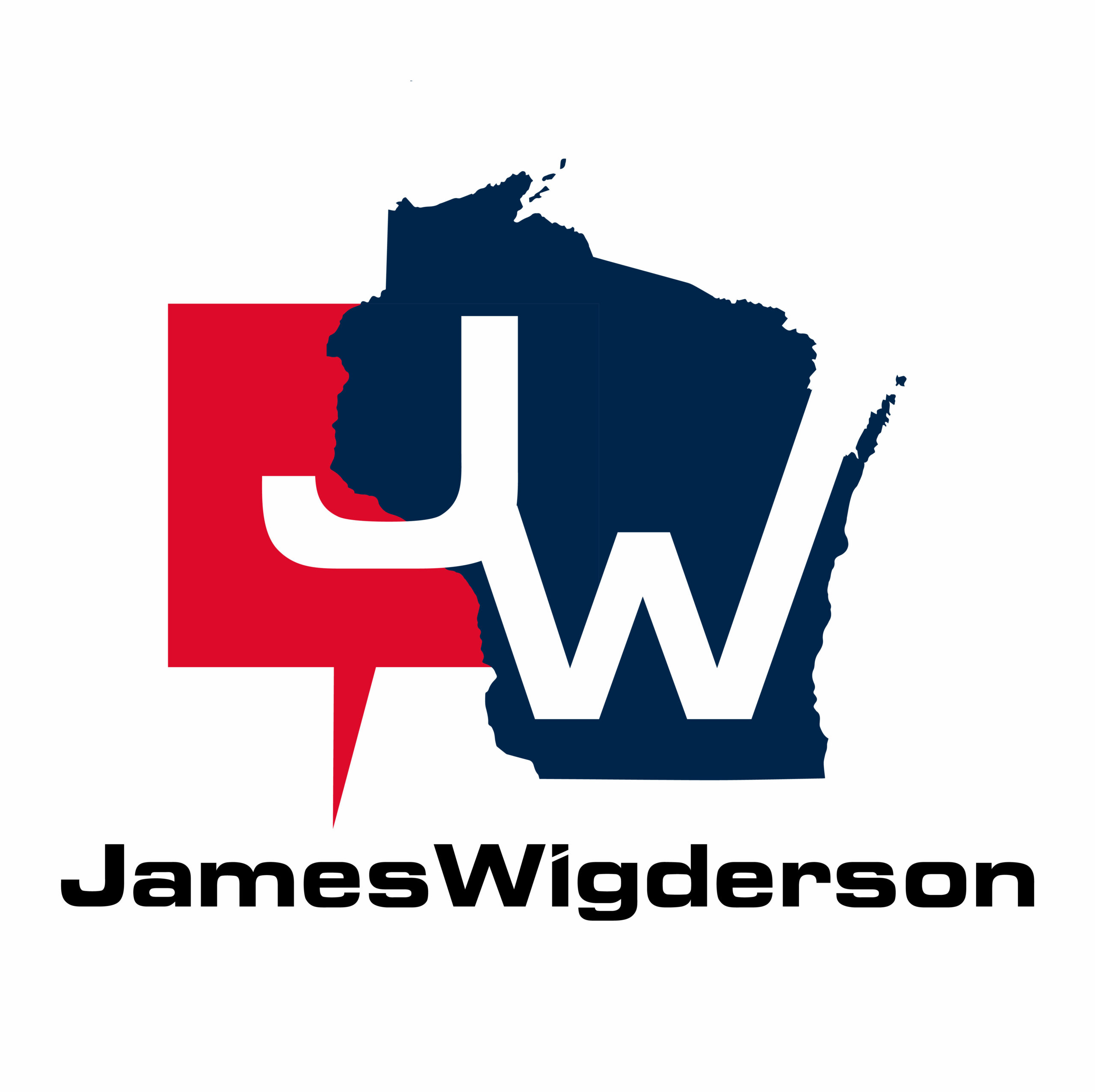It’s seemingly become a bi-annual tradition this time of year for school choice opponents to decry the “growing cost of vouchers” around budget time in Wisconsin. Among the latest attempts is a piece by Ruth Conniff for the Wisconsin Examiner. While this piece gets some facts right about how the program is funded, the overall narrative on the cost to property taxpayers misses some key facts, seemingly in an effort to paint the programs in a negative light. Here, I highlight some of the important issues with the piece.
Funding Students Who Leave the System. Among most voucher opponents, the notion that we should no longer fund schools for students who leave the system seems entirely lost. If a student moves out of one school district to another, we don’t hear complaints from unions about a loss of revenue resulting from the move of that student. Yet, for some reason, private school choice is regularly discussed in that manner, describing choice students as a “revenue loss” to the school district. This is no more logical than arguing that Pick ‘n Save should continue to collect money from me if I decide I’d rather shop at Meijer this week.
Placing the Blame for Tax Increases in the Wrong Place. Conniff seems to see raising property taxes for lost revenue to the voucher program as a necessity. She claims that districts face a Hobson’s choice between cutting programs or raising taxes. In reality, districts regularly have to make adjustments for changing enrollments, particularly in Wisconsin where most districts see continuing declines. If districts choose to raise taxes when a student leaves for choice, they actually end up with more money for each student remaining in public schools. This is because the same amount of revenue is now divided between fewer students.
Returning to Public Schools Would Cost More. From the perspective of the state, choice students are significantly lower cost than traditional public school students. Public School students in Wisconsin are funded at more than $12,000 per student in state and local funding on average, whereas choice students are funded at less than $9,000 per student.
While there are many moving parts, bringing an end to school choice throughout Wisconsin would likely raise property taxes in most areas. School Choice Wisconsin has put together a map that details the property tax impact of additional public school students versus additional voucher students for each district in the state. Looking at this map, the absurdity of the complaints about property taxes become clear—if anything, voucher students represent a potential savings. We support equalizing funding across school sectors, which would take away the cost advantage of choice. But until that occurs, Conniff’s complaint about property taxes is a red herring.
Majority of Choice Students Already in Private School. This is the biggest falsehood presented in Coniff’s piece. The state Department of Public Instruction’s data only lists where a student attended school in the previous year, not where they came from initially. For example, a student who attended public school in grades K-5 but switched to a voucher school for grade 6 would be counted as “already in private school” by grade 7.
With the income threshold for choice outside of Milwaukee and Racine set at 220% of the federal poverty line, precious few of the students enrolled in private school choice could likely afford private education in the absence of the program. A serious journalist would not report the numbers as Conniff has here, and this can be seen as little more than an attempt to make the program look bad.
In the aftermath of the pandemic, the arguments of the anti-school choice crowd ring increasingly hollow. We now know, definitively, that teachers unions put their own interests ahead of kids when it comes to school reopenings. Is it so much of a stretch to think that their rhetoric on school choice is equally reflective of selfish motivations?
Will Flanders is the Research Director for the Wisconsin Institute for Law & Liberty.


